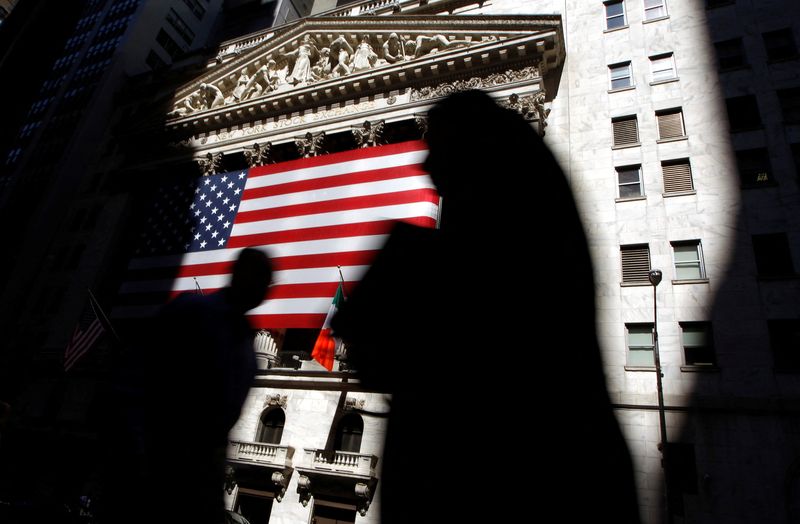Investing.com -- U.S. Treasury yields dipped on Tuesday after new data showed that the pace of inflation in the world's largest economy was slower than anticipated in October.
By 10:23 ET (15:23 GMT), the benchmark 10-year Treasury yield had fallen by over 17 basis points to 4.458%. The 2-year yield, which is particularly sensitive to changes in interest rate expectations, also declined by more than 17 basis points to 4.863%. Bond prices typically move inversely to yields.
The Labor Department's U.S. consumer price index (CPI) rose by 3.2% in October on an annualized basis, decelerating from a rate of 3.7% in September, due in large part to a fall in gas prices. It was the yearly reading's first decline in four months. Month-on-month, the measure was unchanged, down from an uptick of 0.4%.
Economists had seen the figures at 3.3% annually and 0.1% from the prior month.
Bringing inflation back down to the Fed's 2% target rate has been the major objective of a long-standing series of interest rate hikes by the central bank, meaning that policymakers will likely welcome a renewed cooling in price growth.
Core CPI, which takes out more volatile items like food and energy, rose by 4.0% annually and 0.2% monthly. Although this pace was also slower than forecasts, it points to some lingering stickiness in inflation -- a concern that has led various Fed officials in recent days to suggest that rates may not be "sufficiently restrictive" to tamp down price growth to 2%.
However, investors are taking the soft inflation print as an indication that the Fed will almost certainly keep interest rates steady at a range of 5.25% to 5.50% at its upcoming meetings in December and January, according to Investing.com's Fed Rate Monitor Tool. Meanwhile, the probability of a rate cut as soon as the Fed's March gathering has risen to 30%, up from 9.6% on Monday.
